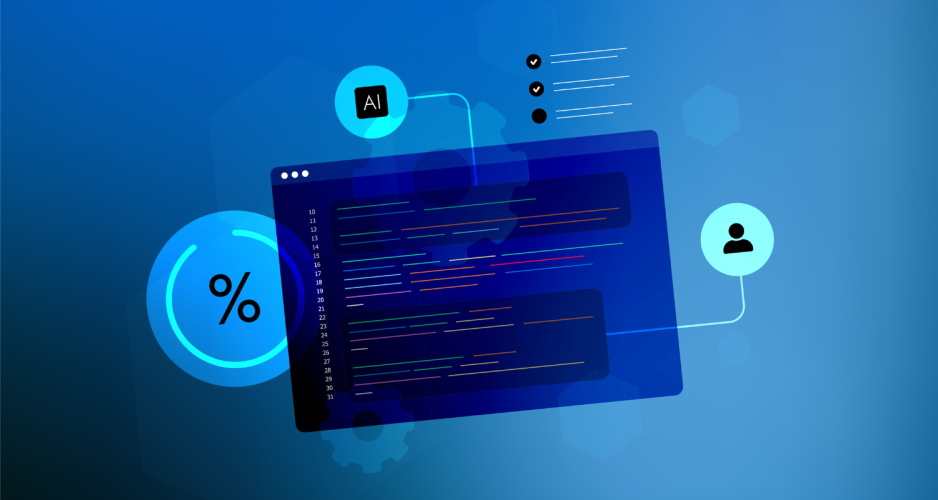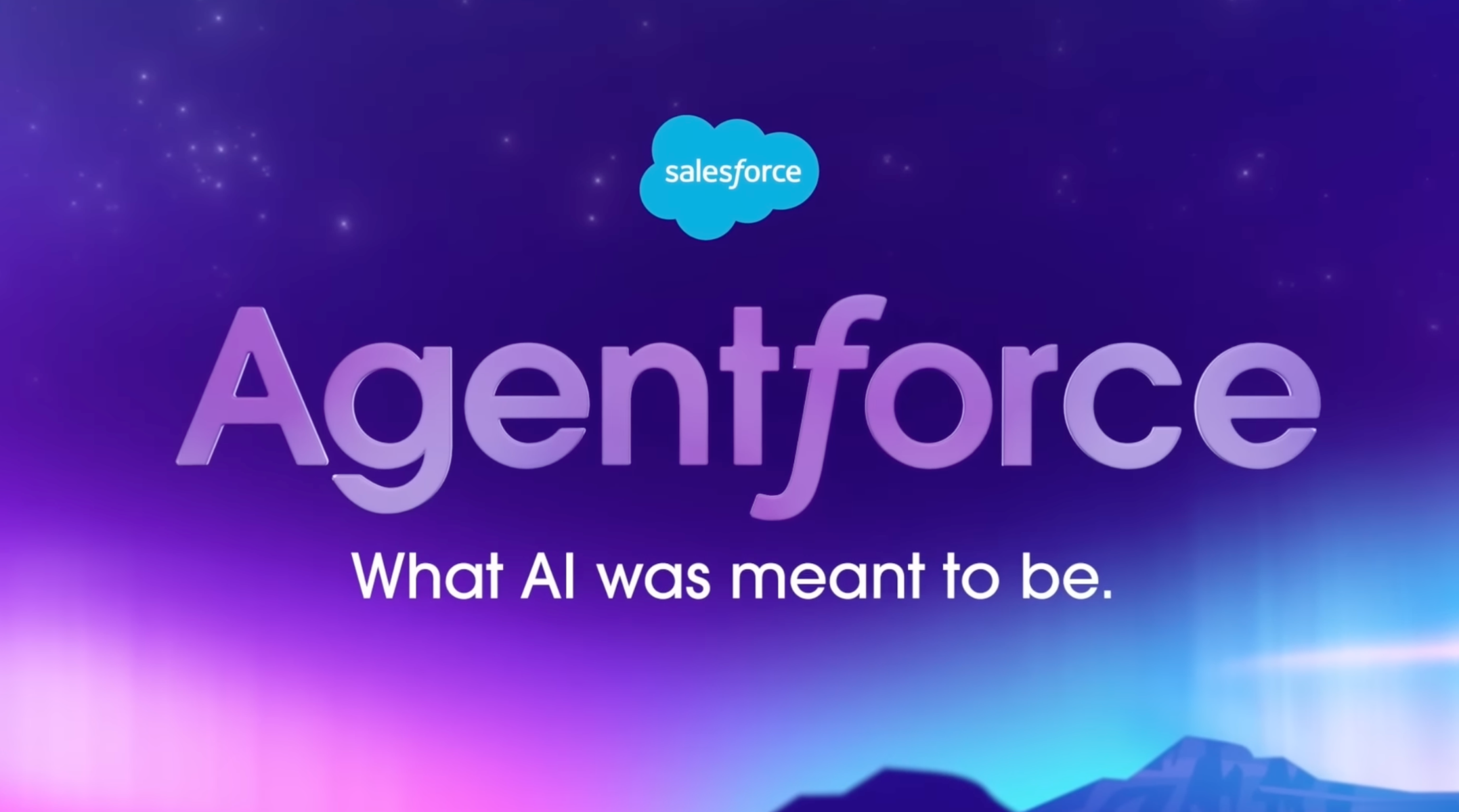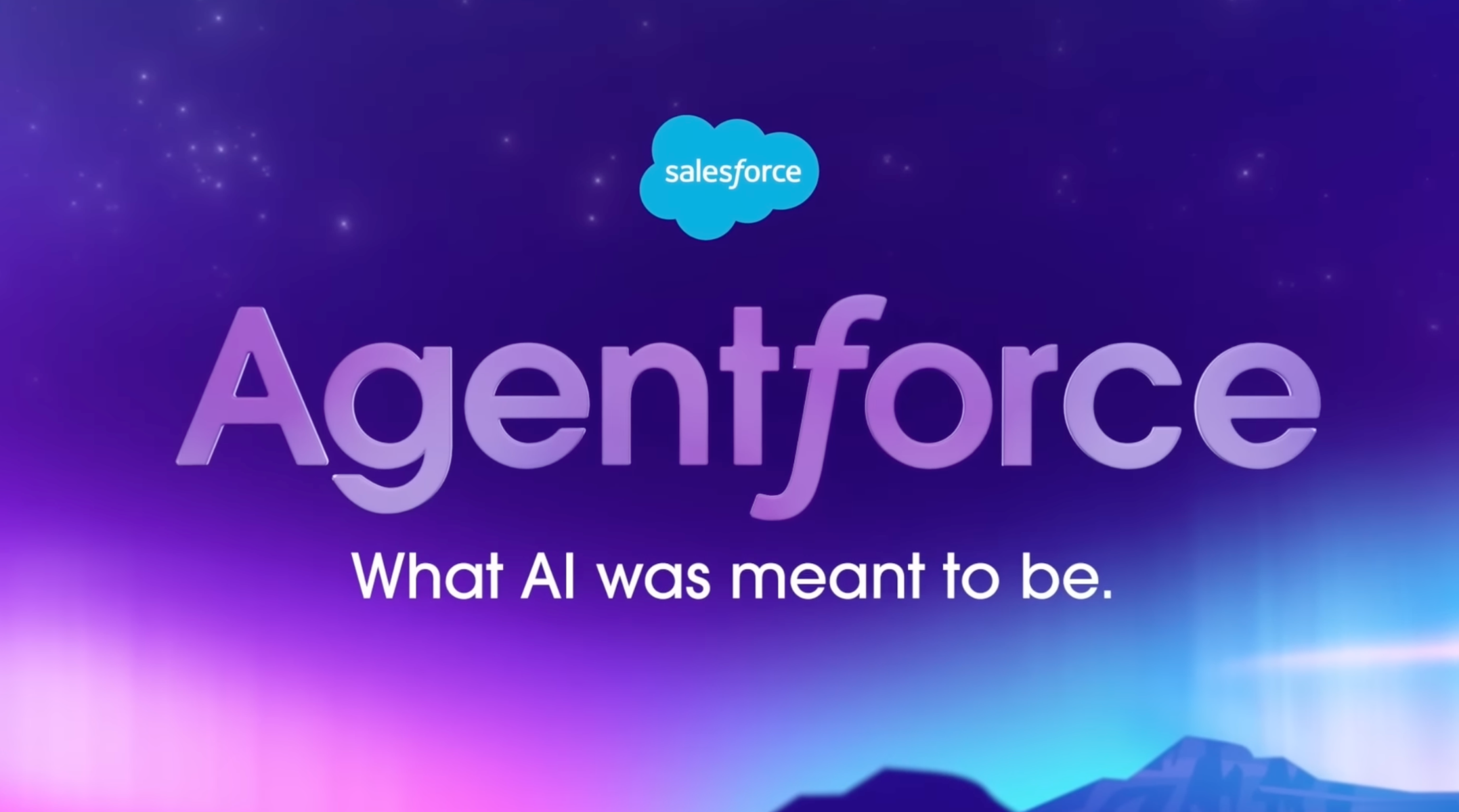Vibe Coding Tips For Startups: How To Build Your Product Faster

Peek into the world of vibe coding and its potential to transform your business, from simple websites to complex data analysis tools.
Key Takeaways
Curious about coding your own app or website, but don’t have the time for software bootcamp? Vibe coding might be for you – and as a small or medium-sized business (SMB) owner or startup founder, there are some real benefits to building your own product with vibe coding.
What we’ll cover:
- What is vibe coding?
- Why should startups and SMBs explore vibe coding?
- What tools can you use to vibe code?
- What can you build with vibe coding?
- How to vibe code with confidence
- Prepare for the future of self-built business with Salesforce
What is vibe coding?
The term “vibe coding” was coined in February 2025 by former Tesla director of AI Andrej Karpathy in an X post. It’s where a human describes project goals to a large language model (LLM), which then generates code without extensive human review or modification. The “vibe” refers to the intuitive, almost conversational way developers can describe what they want to build, and the LLM generates code that captures the essence or “vibe” of the request.
Why should startups and SMB owners explore vibe coding?
Reduced development time
One of the most significant advantages of vibe coding is the drastic reduction in development time. Traditional software development involves lengthy planning, coding, testing, and debugging phases, ranging from a few months to even a year, depending on how complex your product is. Vibe coding streamlines this process by automating the coding step, allowing developers to focus on refining their ideas and testing the generated code.
AI Tools for Small Business
Faster time to market
In today’s competitive landscape, being first to market or quickly iterating based on user feedback can be a big advantage. Vibe coding lets SMBs and startups prototype, test, and refine their products rapidly, staying ahead of the competition. With development time reduced, businesses can bring their products to market much faster.
Accessibility for non-technical founders
Many SMBs are founded by entrepreneurs who are experts in their domain, but lack technical backgrounds. Vibe coding brings software development to everyone, allowing non-technical founders to describe their ideas in natural language and receive working code in return. This accessibility opens up new possibilities for innovation and entrepreneurship.
Iterative development and flexibility
Vibe coding creates an iterative development process, which is a cycle of building, testing and development that speeds up as the product or project gets closer to being done. Founders can describe their initial vision, receive a working prototype, and then refine their requests based on the result. This process allows for flexibility and adaptation as the project evolves, making it easier to pivot or adjust the product based on user feedback or changing market conditions.
What tools can you use to vibe code?
Several tools are emerging to support vibe coding, each with its unique features and capabilities.
- Agentforce Vibes: Announced at Dreamforce ’25, this vibe coding tool is designed to work seamlessly with Salesforce’s ecosystem, allowing users to build applications and agents that integrate directly with Salesforce products.
- Anypoint Code Builder: Part of MuleSoft’s Anypoint Platform, this tool enables developers to build integrations and APIs using a low-code approach that can be enhanced with vibe coding.
- Windsurf: This platform provides a collaborative environment for developers to build and refine their applications using vibe coding.
- Cursor: A tool that integrates with popular development environments to provide AI-assisted coding capabilities.
- Claude Code: An AI model developed by Anthropic that can be used for vibe coding, offering a powerful alternative for generating code based on natural language prompts.

What can you build with vibe coding?
The possibilities with vibe coding are vast and varied. If you can think it, chances are you can vibe code it. Some examples include:
- Simple websites and landing pages: Quickly create online presence or marketing pages without needing to hire a web developer.
- Internal tools: Develop custom internal tools to simplify operations, such as inventory management systems or employee onboarding platforms.
- Basic ecommerce functionality: Build simple ecommerce sites or integrate ecommerce functionality into existing websites.
- Data analysis and visualization tools: Create dashboards and tools to analyze and visualize business data, helping in decision-making.
- CRM enhancements: Customize and enhance customer relationship management (CRM) systems, such as Salesforce, to better fit your business needs.
- Mobile app prototypes: Develop prototypes for mobile apps to test ideas before investing in full-scale development.
- CMS components: Build custom components for content management systems (CMS) to extend their functionality.
How to vibe code with confidence
To vibe code effectively, it’s essential to clearly define your project goals. The more specific you are about what you want to achieve, the better the LLM can generate code that meets your needs.
While LLMs are powerful, they are not perfect, and their output must be monitored for any inaccuracies or hallucinations. Be prepared to adjust and refine your requests many times based on the output. Test thoroughly. This phase of software development won’t be going away anytime soon. Always test the generated code to ensure it works as expected and fix any bugs that arise.
And, stay updated with tools and best practices. The field of vibe coding is rapidly changing, with new players appearing on the market constantly. Stay informed about new tools, techniques, and best practices to get the most out of it.
Wherever you are — just get started.
No matter where you are on your journey as a business owner, you can get started with Starter Suite for free — the CRM made for growth.

Prepare for the future of self-built business with Salesforce
As vibe coding continues to evolve, it promises to revolutionize how businesses approach software development. By using tools like Salesforce, SMBs and startups can build custom applications that integrate seamlessly with Salesforce, enhancing their operations and customer engagement.
Start your journey with a free trial of Starter Suite today. Looking for more customization? Explore Pro Suite. Already a Salesforce customer? Activate Foundations to try out Agentforce 360 today.
AI supported the writers and editors who created this article.
Frequently Asked Questions (FAQs)
Vibe coding is a process where a human describes project goals to a large language model (LLM), which then generates code with minimal human review or modification. The “vibe” refers to the intuitive way developers can describe their desired result.
Vibe coding offers several benefits for SMBs and startups, including reduced development time, faster time to market, increased accessibility for non-technical founders, and support for iterative development and flexibility.
With vibe coding, you can build a wide range of products, such as simple websites and landing pages, internal tools, basic ecommerce functionality, data analysis and visualization tools, CRM enhancements, mobile app prototypes, and CMS components.
Several tools support vibe coding, including Agentforce Vibes, Anypoint Code Builder, Windsurf, Cursor, and Claude Code.
To vibe code effectively, it’s essential to clearly define your project goals, understand the limitations of LLMs, thoroughly test the generated code, and stay updated with the latest tools and best practices in the rapidly evolving field.


































